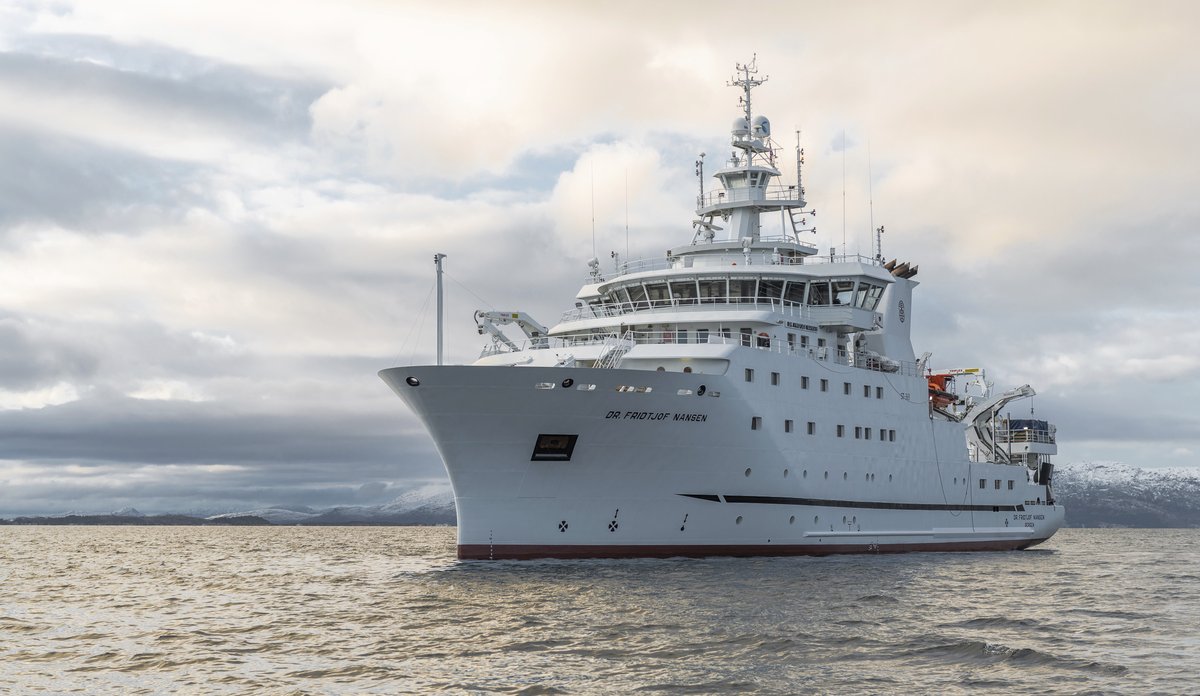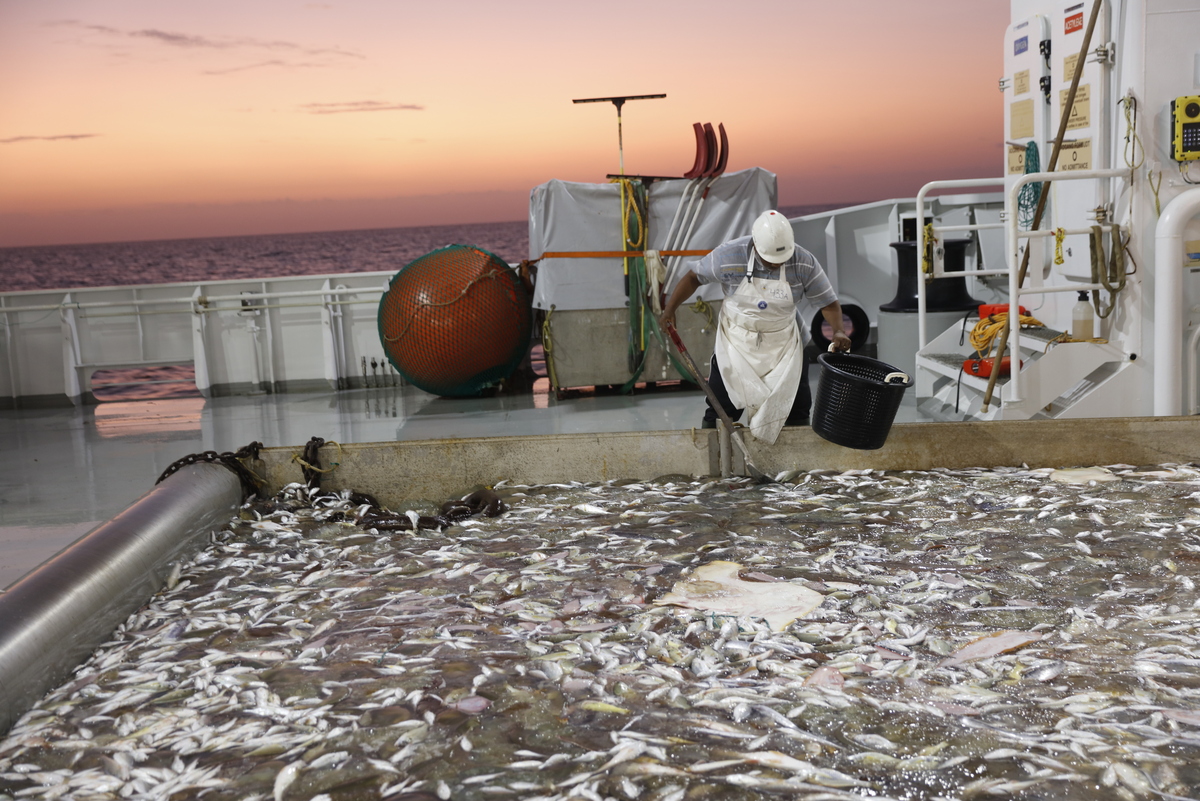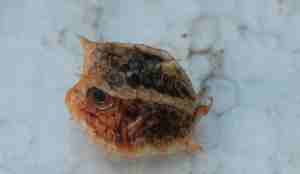50 years of the Nansen Programme: three vessels, sixty countries and over 74,000 sampling stations

In December 2016, the new research vessel Dr. Fridtjof Nansen was commissioned—the third of its kind since 1975.
Photo: Christine Fagerbakke/HIPublished: 26.05.2025
Since its launch in 1975, the Nansen Programme has grown into one of the world’s longest running fisheries development initiatives.
Central to its work is the research vessel Dr. Fridtjof Nansen. There have been in fact three successive vessels to date, the latest of which entered service in March 2017.
Over five decades, these ships have carried out scientific surveys in 60 countries across Africa, Asia, and Central and South America.
– For some partner nations, the data collected on Nansen cruises are the only information they have on their marine ecosystems, says Nikolaos Nikolioudakis, Research Coordinator for the EAF-Nansen Programme and Project Leader at the Institute of Marine Research.
– These timeseries are crucial for ecosystem-based fisheries management, says Nikolioudakis.
Over 74,000 stations and counting
In March 2017, the latest research vessel Dr. Fridtjof Nansen was commissioned.
Every time the vessel sails, it pauses at fixed “stations” to carry out a variety of scientific tasks – trawling, plankton and benthos sampling, and CTD (measuring Conductivity, Temperature and Depth) casts to measure temperature, salinity, nutrients, acidity and even microplastics.
In total, the Nansen ships have covered more than 74,000 such stations, generating invaluable long-term records.
– In some countries, like Angola, we have data spanning 40 years, explains Kathrine Michalsen, Cruise Coordinator of Dr. Fridtjof Nansen.
– These time series can tell us how ecosystems change over decades.

Nearly 37,000 trawl hauls
Throughout the Programme’s 50-year history, scientists have made 37,206 trawl hauls—an average of 750 per year. Roughly 26,000 were bottom trawls, with just under 11,000 using pelagic gear.
– Standing on the trawl deck, waiting for the catch to arrive, is like opening a treasure chest, says Michalsen.
– In tropical waters we sometimes haul in over 100 different species in a single tow, all more colorful than our northern fish.
Each specimen is measured for length, weight, maturity and sex.
– Onboard teams combine the Institute’s scientific expertise with the seamanship of our seasoned crew—a collaboration everyone can take pride in, says Michalsen.
Over 5 000 registret fiskearter
To date, the Nansen Programme has recorded more than 5,000 fish species, over half of which are documented with photographs.
Most of these species are important for biodiversity, though only a small number have commercial value.
The Programme has also discovered new species of both fish and invertebrates and mapped deepwater coral reefs – including a Lophelia reef off Ghana, found at 400–500 m depth a coral species also found along the Norwegian coast.
More than 22,000 CTD stations
Scientists aboard Dr. Fridtjof Nansen often use a CTD probe to measure depth profiles. This instrument records temperature, salinity, and water density.
The probes are typically fitted with a rosette of water bottles, which collect samples from different depths on their way from the seabed to the surface.
– During our surveys we also measure nutrients, plankton, acidification, and plastic particles to get an overview of the environmental conditions where fish live, says Michalsen.
Since 1975, the Nansen Programme has carried out over 22,000 CTD stations.
– We've collected enormous amounts of marine data in marine regions with very limited existing information. For many of our partner countries, this is the only data they have. These datasets are not just important for individual countries but also for regional and global analyses, says Michalsen.
Ecosystems for the future
The Nansen Programme’s goal is to help developing countries manage their marine resources sustainably and secure both food and livelihoods.
– It has helped countries to manage their ocean resources responsibly and to protect ecosystems for the future, says Nikolaos Nikolioudakis.
– The Programme highlights how crucial collaboration between research, governance, and capacity-building is for food security.





